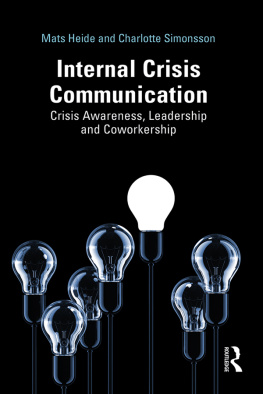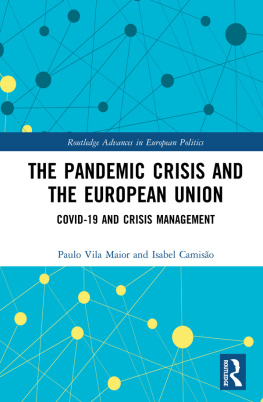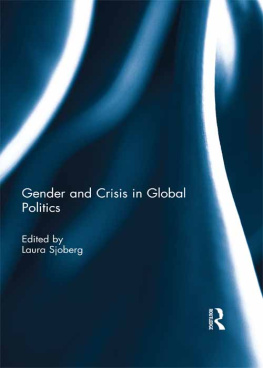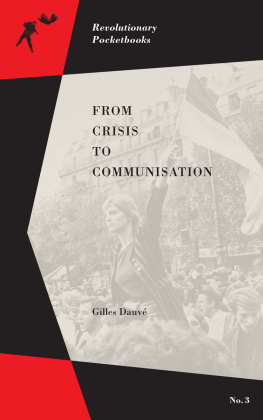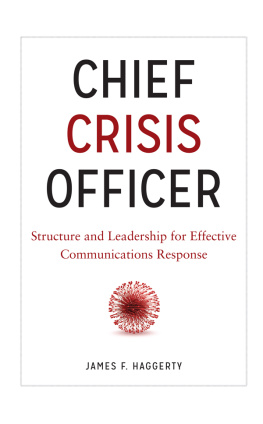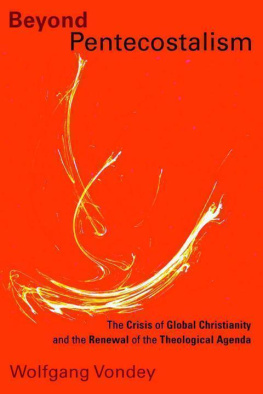Contents
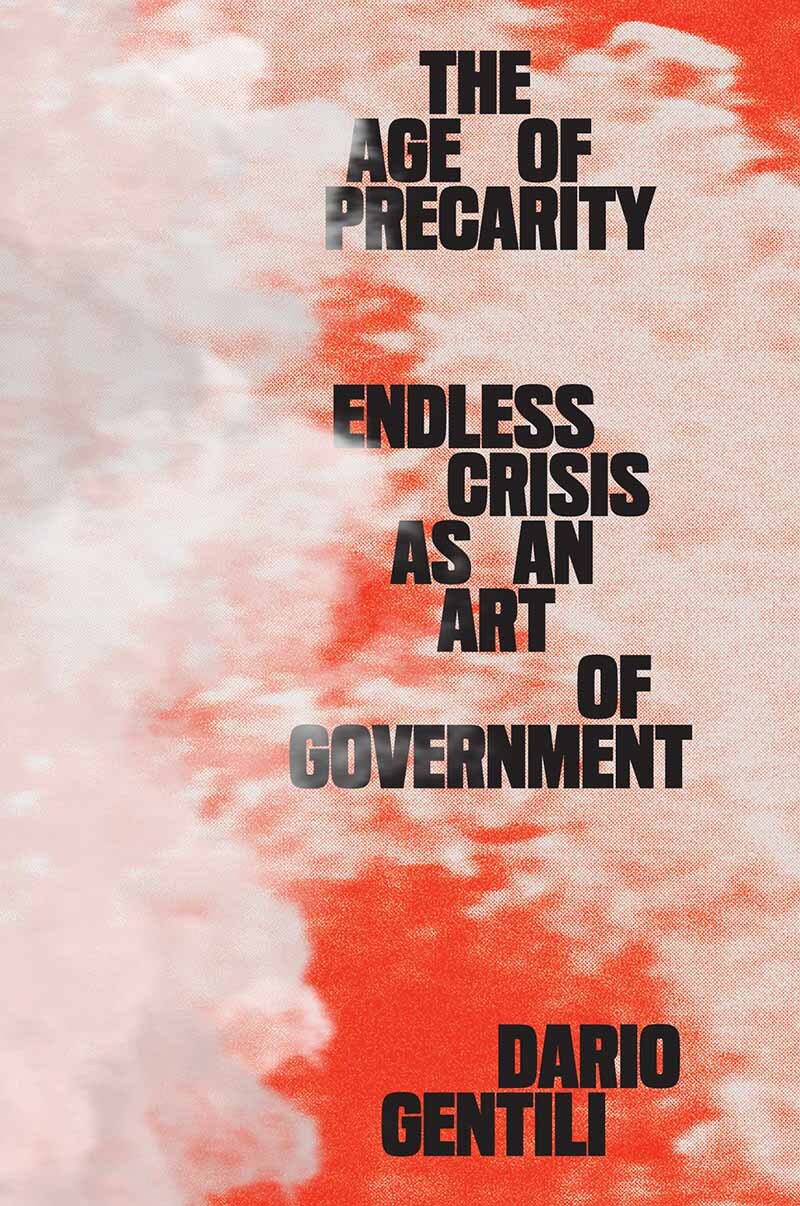
The Age of Precarity
The Age of
Precarity
Endless Crisis as an
Art of Government
Dario Gentili
Translated by
Stefania Porcelli
in collaboration with
Clara Pope

First published by Verso 2021
Dario Gentili 2021
Translation Stefania Porcelli, in collaboration with Clara Pope 2021
All rights reserved
The moral rights of the author have been asserted
1 3 5 7 9 10 8 6 4 2
Verso
UK: 6 Meard Street, London W1F 0EG
US: 20 Jay Street, Suite 1010, Brooklyn, NY 11201
versobooks.com
Verso is the imprint of New Left Books
ISBN-13: 978-1-78873-380-9
ISBN-13: 978-1-78873-793-7 (HB)
ISBN-13: 978-1-78873-382-3 (US EBK)
ISBN-13: 978-1-78873-381-6 (UK EBK)
British Library Cataloguing in Publication Data
A catalogue record for this book is available from the British Library
Library of Congress Cataloging-in-Publication Data
A catalog record for this book is available from the Library of Congress
Typeset in Fournier by MJ & N Gavan, Truro, Cornwall
Printed in the UK by CPI Mackays
Contents
Ever since 2008, discourses of financial crisis have dominated political language. How are these discourses linked to the way citizens today, across the world, express their opinions on a variety of subjects, through likes or dislikes on social media? Even to venture such a connection might seem hazardous: how can an economic crisis whose rhetoric pushes states towards making forced decisions find a counterpart in such a widespread, radically personalized form of criticism? Still, on closer inspection, the choices imposed by the crisis with their attendant lack of alternatives have something in common with the reduction of critical practice to a matter of approval or disapproval: they rely on the same mode of judgment for or against.
The judgment for or against that is, the choice between two opposing alternatives is today considered to be the mode of judgment par excellence. This is apparent both in matters of public significance and in those concerning individual conduct. It seems to be the model to which every decision-making process must ultimately conform in order to reach a final, conclusive decision about both the life of society and our own personal lives. And yet, although sharply contrasting with one another, the alternatives proposed by the recent crisis are in no way conclusive: they do not put an end to the crisis, nor do they change our own social and existential conditions. It seems, therefore, that although the judgment for or against is today used as frequently and widely as it has ever been, it does not produce any actual decision. This is the most immediate link between the economic crisis and the status of critical practice in the time of social media.
To assess the extent of this connection, let us consider the political use of the for-or-against mode of judgment, which was considered to be a final judgment. First used during the modern period, it assumed its political connotation in times of crisis, when political power was unable to maintain order and had to resort to a definitive decision, which could restore or overthrow the existing order, in either a conservative or a revolutionary direction. To create the conditions for a final, decisive judgment of this kind there must be a state of emergency; it is, in fact, only in crisis that such a judgment becomes political, that is, only when the political government in command is no longer able to preserve its power. Is this specifically modern configuration of political judgment still appropriate for describing and understanding the mode of judgment which today characterizes democracies in the West and elsewhere?
More than ever, in todays neoliberal era, the form of judgment for or against dominates not only society and the media, but also the political arena. We need only think of the increasingly frequent recourse to the institution of the referendum, which has tripled since the fall of the Berlin Wall. Referendums all over the world call on people to express their opinions on important political issues. Two recent examples are the 2015 referendum in Greece and the UKs 2016 referendum on Brexit. Despite different referendum questions and different results, in both cases the referendums were seen as the most democratic form of political expression. Is this in fact the case? Or is the referendum simply one of the tools that those who govern the ruling class use to legitimize and endorse their own decisions? Doesnt the question on the ballot paper clearly indicate the governments preferred option? We must also be very careful as in the case of Brexit not to evaluate a referendum according to its outcome, as if its result could bring about a drastic change of direction in the politics of a country. After all, even when it is not promoted by the government in office but by social and political movements that oppose its policies, the referendum still falls within the remit of the art of government and, whatever its outcome, implies at most a change within the logic of government. The real question is what types of politics draw on referendums (and similar instruments) as representing a political judgment par excellence, to such an extent that elections themselves increasingly acquire the meaning of a judgment for or against one or another candidate. Even when a vote is simply for the lesser evil it takes a form equivalent to a like on social media. Similarly, rulings by decree or through votes of confidence, although not directly interrogating the population, also make use of a decision-making mode that, calling upon emergency or exceptional procedures, does not follow the normal process of parliamentary debate and consists essentially in approving of the government in power.
The building of walls, which seemingly belongs to a very different context, is in fact also heavily linked to the judgment for or against in politics. Not only did the recourse to referendums increase after 1989, but, following the fall of the Berlin Wall, political walls throughout the world have multiplied as well. Over thirty border walls already exist, and others are being planned. They represent the need for a judgment for or against, as they define an alternative between two extremes inside or outside that is more rigid than ever. Those who are on the wrong side of the wall have only one choice forced upon them: life or death.
The aim of this book is to show that the art of government that draws on these kinds of instruments differs from that which characterized the modern period. Since then, the function of the judgment for or against appears to have profoundly changed, and the context of crisis from which this modality of judgment proceeds is also very different. If, in the modern period, crisis was political in the sense that politics would intervene to resolve a crisis, whether re-establishing the status quo or overturning it today we understand it as primarily economic, meaning that financial crises affect and organize political decisions. The very expression there is a crisis, there is no alternative, with which governments across the world justify and legitimize unpopular political and economic decisions, cannot be seen simply as a rhetorical strategy. It entails a very specific art of government. Current interpretations of the economic crisis as endless or as secular stagnation date back to at least the 1970s, when neoliberal economic policies started to influence political decisions in some countries. These interpretations fall within the definition of crisis as art of government. Crisis as art of government is the political definition of economic crisis in the neoliberal era.


